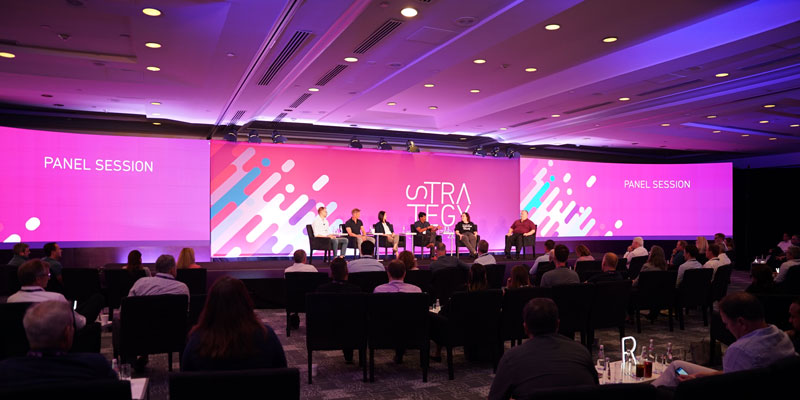Exploring the Longevity of Light Emitting Diode Wall Panels in Contrast to Traditional Display Technologies
Exploring the Longevity of Light Emitting Diode Wall Panels in Contrast to Traditional Display Technologies
Blog Article
LED panel panels have grown progressively popular in current times, especially in settings like educational institutions, businesses, and community spaces. These panels use light-emitting lights (LEDs) to produce bright and vibrant images. One of the most notable benefits of LED technology is its longevity compared to conventional display methods, such as cathode ray tubes (CRTs) and liquid crystal screens. Understanding the distinctions in lifespan and functionality between these options can assist buyers make informed decisions about their display needs.
Classic display methods, like CRTs, have been present for many decades. They were frequently used in televisions and computer screens. However, CRTs have a shorter lifespan, generally lasting around 10,000 to 20,000 hrs of operation. This means that after a couple of years, users may observe a decline in picture quality, such as fading or hue distortion. In contrast, LED panel panels can last considerably longer, often exceeding 50,000 hours. This prolonged duration means that users can enjoy consistent performance without the requirement for frequent replacements.
Another crucial factor to take into account is energy conservation. LED wall panels consume less power than traditional screens, which not only helps the ecosystem but also reduces power costs. For example, while a CRT monitor may consume around 100 watts of energy, an LED screen can use as little as 30 to 50 watts. This discrepancy in energy usage adds to the total durability of LED technology, as lower energy consumption generates less heat. Excessive thermal energy can damage electronic parts, resulting to a shorter duration for conventional displays.
In addition to their extended duration and energy efficiency, LED panel screens also provide enhanced image quality. They offer more vivid hues and better differentiation, making them perfect for various applications, from marketing to educational click to read more displays. The innovation behind LED screens enables for a broader viewing angle, meaning that visuals stay sharp and vibrant even when viewed from the side. This is a major benefit over traditional screens, which often suffer from hue deformation and reduced brightness at wider angles.
In summary, the durability of LED panel panels compared to traditional display technologies is a crucial factor for buyers to take into account. With durations that can surpass 50,000 hours, energy efficiency, and superior visual clarity, LED technology offers many advantages. As innovation continues to advance, LED wall screens are probably to turn even more prevalent in various settings. Grasping these distinctions can assist people and organizations make improved choices when investing in screen innovation, guaranteeing they receive the optimal worth for their requirements.